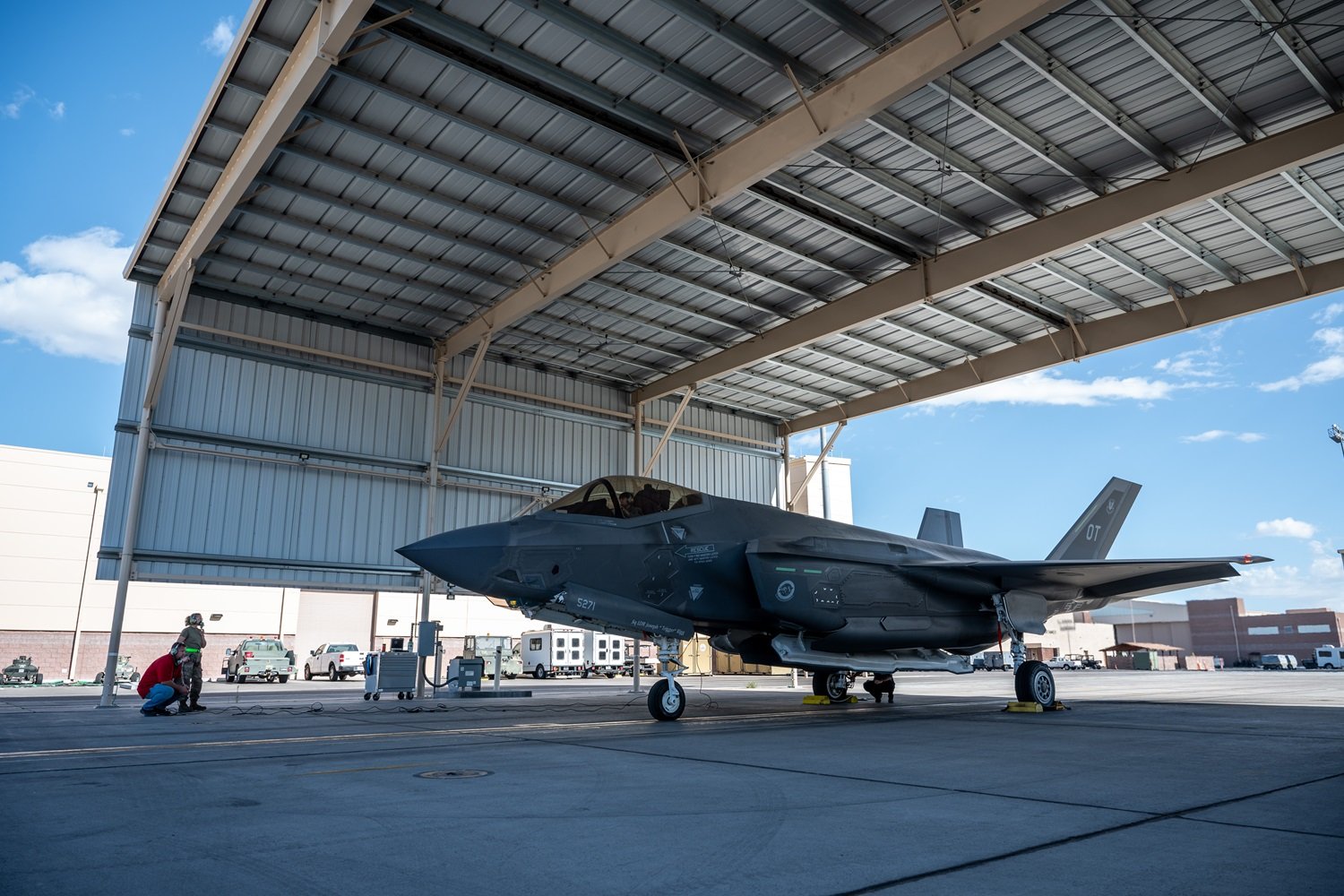The F-35, America’s fifth-generation stealth fighter jet, boasts advanced technology, including an AI-driven maintenance system. However, this system, known as the Autonomic Logistics Information System (ALIS), has been plagued with problems, hindering the jet’s effectiveness and raising questions about its cost-effectiveness. Originally designed to streamline maintenance and reduce costs, ALIS has instead become a source of frustration and inefficiency.
ALIS: From Promise to Problem
Lockheed Martin, the manufacturer of the F-35, initially touted ALIS as a revolutionary system. A promotional video from seven years ago likened it to a cell phone, envisioning a central server acting as an information and maintenance hub. The F-35’s numerous sensors would feed data to ALIS, which would then guide maintenance crews. The system promised to “save time and money while increasing aircraft availability.”
However, the reality has been far from ideal. A recent government report from the Office of the Director, Operational Test and Evaluation (DOTE) paints a bleak picture of ALIS’s performance. The report, obtained by the Project On Government Oversight (POGO) through a Freedom of Information Act request, reveals that ALIS has been generating a high rate of false alarms, requiring extensive maintenance time for non-existent issues.
False Alarms and Inefficiency
The DOTE report states that ALIS frequently reports problems with the F-35s even when there are none. “Efforts to tackle the high false alarm rates have so far not yielded major progress towards meeting threshold requirements,” the report notes. Attempts to filter these false alarms with software have proven largely ineffective, and new hardware or software updates tend to exacerbate the problem. “A large number of false alarms still results in non-actionable maintenance work orders,” the report explains.
Furthermore, the report criticizes ALIS’s usability, citing frequent disruptions, incomplete information, and inconsistencies. These issues have eroded trust among maintenance crews, who have resorted to developing their own workarounds to cope with the system’s shortcomings.
A History of Problems and a New Solution?
ALIS’s problems are not new. The Government Accountability Office (GAO) highlighted its flaws four years ago, describing it as a buggy system that maintenance crews disliked and distrusted. In response, Lockheed Martin is developing a replacement called the Operational Data Integrated Network (ODIN). However, ODIN is still untested and initially focuses on migrating existing ALIS systems to the cloud, leaving its long-term effectiveness uncertain.
The Broader Context of F-35 Challenges
The ALIS debacle is just one piece of the puzzle in the ongoing saga of the F-35. The DOTE report, spanning 382 pages, details a multitude of issues with the aircraft. From incidents of the aircraft damaging itself to crashes and other malfunctions, the F-35’s track record is far from spotless.
Conclusion: A Trillion-Dollar Question
Despite its troubled history and ongoing challenges, the Pentagon remains committed to the F-35 program, with plans to spend trillions of dollars on its development and procurement, and to sell the jets to international allies. The question remains: will the F-35 and its evolving maintenance systems ultimately live up to their promise, or will they continue to be a costly and complex burden?











